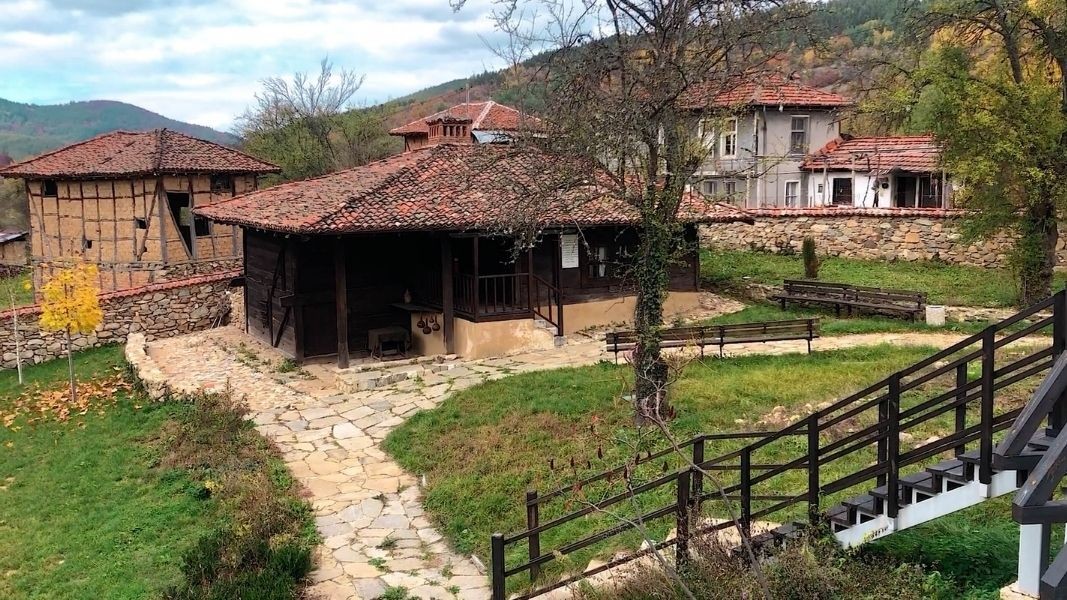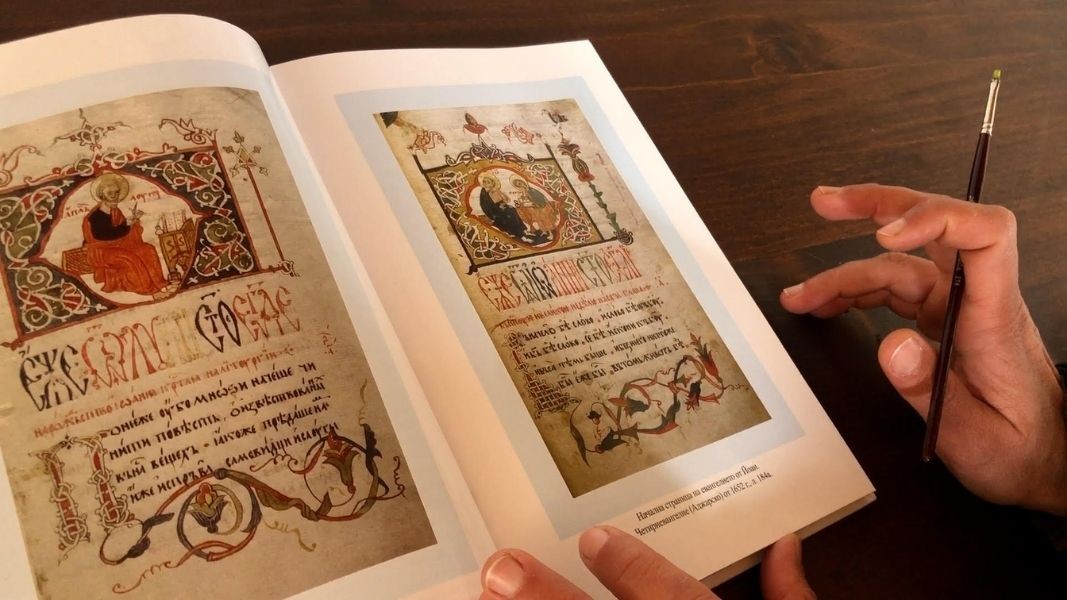Svezhen casts a magic spell over visitors as soon as they step into the village square and take a look around - at the steep streets winding up the rocky hillside and the houses, with red tile rooftops, perched on them, and in the forefront – the silhouette of the restored church Saints Peter and Paul dating back to 1864. In the foothills their eyes wander to the monument to a local legend – colonel Vladimir Serafimov facing the village hall and the general store.
Svezhen’s old name is Adzhar. Once the village had 5,000 inhabitants and… 26 taverns. Because it is so well preserved it has been declared an architectural and historical reserve.
Svezhen is the birth place of colonel Vladimir Serafimov /1860-1934/, commander of the Sredna Gora regiment during the Russo-Turkish war (1877 – 1878). Last year the house where he was born was turned into an inviting museum, plus an information centre.
“The house is almost 300 years old, built of black oak. The rooms are very interesting – the middle room has an earthen floor, absolutely authentic, nothing has been touched! In the drawing room there are musandri (built-in wall cupboards). Inside one of them there is a hideaway with a tunnel leading out into the yard,” says the museum’s curator Yana Stoilova.

She shows us the window on the roof that is so typical of the houses in the region of Sredna Gora, a window without glass but with a sliding lid, very much like the sunroofs in modern-day cars. There are numbers burnt into the wooden ceiling with a candle. “1876 – the year of the April uprising, one year before the village was burnt down by the Turks,” Yana says.

Right next to the museum are the restored remains of the St George church, where there once was a monastery. An Adzhar literary school thrived here in the 17th-19th century, heir to the Turnovo school. However, in 1877, in the time of Ottoman rule the church was burnt down, and only the old semantron – with the inscription 1862 – survived, says Yana and adds:

“Clerical manuscripts were once created here. There were monastic cells in the yard, there was an ossuary and a cemetery. A thriving calligraphy school created tetraevangelions, an Adzhar damascin, a Rila damascin – all of them books written in the 17th century, the oldest of them from 1634. The monks were master illustrators and ornamenters. They made their own inks, bound their books in leather and in wood. Nowadays the originals of these manuscripts are kept at the National Library in Sofia, in Zograf monastery on Mount Athos, there are some in Saint Petersburg and elsewhere.”

Yana Stoilova is an artist by profession. In summer she teaches drawing and calligraphy courses in the makerspace in Svezhen village called Yan Mahala. In her groups anyone can learn to write out beautiful letters in ink or using a goose-feather quill just as the copyists in the village of old Adzhar once did.
“We want to revive the old tradition and pass it down to the next generations,” the artist says in conclusion.
Photos: Veneta Nikolova
A unique statue from the Roman period of Odessos, preliminarily dated to the late 2nd to the first half of the 3rd century, has been discovered during excavation works near the train station in Varna, said archaeologists from the Varna Regional..
Petrich municipality has received an award for original promotion of the tourist destination Heraclea Sintica , Katya Stoyanova, head of the "Restoration, conservation and socialization of Heraclea Sintica" project, said this for BTA. The award..
What was the animal world like in the region of what is today the town of Trun more than 80 million years ago – that is the question paleontologists from the Bulgarian Academy of Sciences’ National Museum of Natural History have been trying to answer...

+359 2 9336 661
